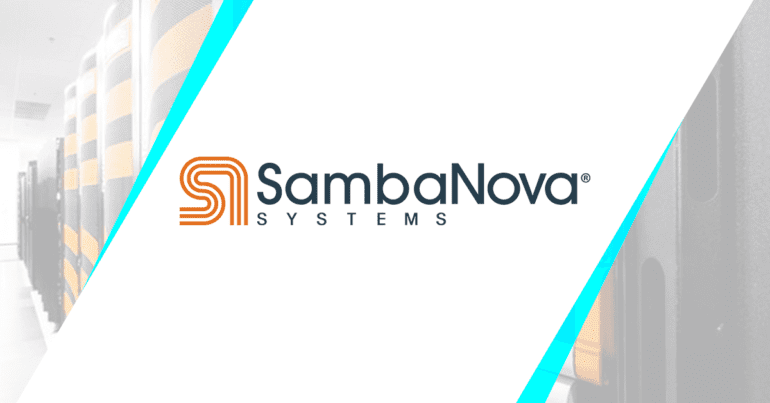- SambaNova Systems introduces Samba-CoE v0.2, boasting a remarkable operational speed of 330 tokens per second in AI processing.
- The model outperforms competitors like Databricks DBRX, MistralAI’s Mixtral-8x7B, and Elon Musk’s xAI Grok-1.
- Despite its speed, Samba-CoE v0.2 maintains efficiency, requiring only 8 sockets compared to alternatives needing 576.
- The model showcases advancements in computing efficiency and model performance, hinting at future innovations with Samba-CoE v0.3.
- Leveraging open-source models from Samba-1 and the Sambaverse, SambaNova demonstrates a scalable and innovative approach to AI development.
Main AI News:
In the ever-evolving landscape of artificial intelligence, SambaNova Systems has once again asserted its dominance with the unveiling of its latest achievement: the Samba-CoE v0.2 Large Language Model (LLM). This cutting-edge model, boasting an impressive operational speed of 330 tokens per second, has already outperformed several notable competitors, including the recently released DBRX from Databricks, MistralAI’s Mixtral-8x7B, and Elon Musk’s xAI Grok-1.
What sets this accomplishment apart is not just the speed but also the remarkable efficiency of the model. Despite its lightning-fast performance, the Samba-CoE v0.2 requires only 8 sockets to operate, a stark contrast to alternative models that demand 576 sockets while operating at lower bit rates. This efficiency is a testament to SambaNova’s commitment to pushing the boundaries of computing performance without sacrificing precision.
In our rigorous tests, the Samba-CoE v0.2 demonstrated its prowess by delivering responses to complex queries with unprecedented speed and accuracy. For instance, when prompted with a 425-word question about the Milky Way galaxy, the model churned out an astonishing 330.42 tokens in just one second. Similarly, a query on quantum computing elicited a rapid response of 332.56 tokens per second.
SambaNova’s emphasis on maximizing efficiency while maintaining high bit rates represents a significant leap forward in computing technology. Moreover, the company has hinted at further advancements with the upcoming release of Samba-CoE v0.3 in collaboration with LeptonAI, signaling a continued commitment to innovation.
Central to these advancements is SambaNova’s unique approach, which leverages open-source models from Samba-1 and the Sambaverse, employing innovative techniques such as ensembling and model merging. This not only forms the foundation of the current iteration but also paves the way for scalable and groundbreaking developments in the future.
When compared to rival models such as GoogleAI’s Gemma-7B and Meta’s llama2-70B, Samba-CoE v0.2 clearly stands out for its superior performance and efficiency. This announcement is sure to spark discussions within the AI and machine learning communities, igniting debates on the future trajectory of AI model development.
SambaNova: Pioneering the Future of AI
Since its inception in 2017 by co-founders Kunle Olukotun, Rodrigo Liang, and Christopher Ré, SambaNova Systems has been at the forefront of AI innovation. What began as a venture focused on custom AI hardware chips has evolved into a comprehensive suite of offerings, including machine learning services and the groundbreaking SambaNova Suite.
The recent unveiling of Samba-1, a 1-trillion-parameter AI model, further solidifies SambaNova’s position as a trailblazer in the field of artificial intelligence. By leveraging a “Composition of Experts” approach, which combines 50 smaller models, SambaNova has demonstrated its ability to scale AI technologies effectively.
This evolution from a hardware-centric startup to a full-service AI innovator underscores the founders’ commitment to democratizing AI and making it more accessible. With a valuation of over $5 billion following a successful Series D funding round, SambaNova has positioned itself as a formidable competitor to industry giants like Nvidia.
Conclusion:
SambaNova’s breakthrough with the Samba-CoE v0.2 signals a significant leap in AI efficiency, outperforming competitors while maintaining impressive speed and precision. This advancement not only underscores SambaNova’s position as a leader in AI technology but also indicates a shift towards more efficient and scalable AI models. As the company continues to innovate, it is likely to exert a considerable influence on the AI market, driving discussions around efficiency, performance, and the future of AI development.

